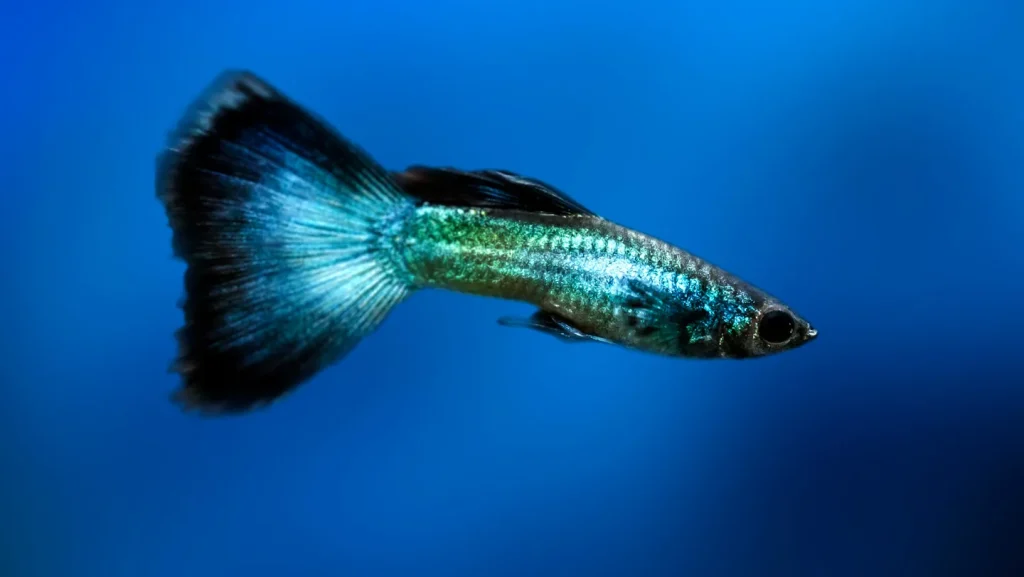Optical Illusions Reveal Fascinating Differences in Animal Perception
When it comes to visual perception, not all animals see the world the same way. A fascinating new study published in Frontiers in Psychology reveals striking differences in how different species interpret optical illusions, offering valuable insights into the evolution of visual processing across the animal kingdom.
Researchers led by Maria Santacà of the University of Vienna have discovered that guppies consistently fall for the classic Ebbinghaus illusion—the same visual trick that reliably fools humans—while ring doves show much more variable responses. This illusion occurs when two identical circles appear different in size based on the surrounding context: a circle surrounded by smaller circles typically looks larger than the same-sized circle surrounded by larger circles.
The study utilized clever adaptations of the illusion tailored to each species. For guppies, researchers created miniature circular fish flakes as rewards, placing them within arrangements of larger or smaller circles. In 16 trials with 19 guppies, the fish chose the flake surrounded by smaller circles—the one that would appear larger to humans—more than 70% of the time. For the 38 ring doves, researchers used bowls of millet seeds. Surprisingly, the birds as a group showed no strong preference, though individual doves varied dramatically in their susceptibility to the illusion.
These differences likely reflect the distinct ecological niches these animals inhabit. Ring doves evolved to spot and peck at tiny seeds scattered across the ground, developing visual systems that excel at perceiving fine details rather than being swayed by contextual information. Guppies, meanwhile, navigate complex aquatic environments filled with vegetation, shifting light, and predators—conditions where focusing on the overall scene rather than minute details could be crucial for survival. As Santacà explains, “Ring doves tend to focus more on the tiny details,” while for guppies in their chaotic watery world, “focusing on parts instead of the whole could end badly.”
The research highlights how perception is shaped by multiple factors beyond just species differences. Age, experience, sex, and social factors all potentially influence how animals—including humans—interpret visual information. Interestingly, while adult humans consistently fall for the Ebbinghaus illusion, young children show greater resistance to it, perceiving the world more accurately in ways similar to the doves that weren’t fooled.
Sota Watanabe, a comparative psychologist from Osaka Kyoiku University who wasn’t involved in the study, emphasizes the importance of this research: “Research on visual illusions in animals provides clues about which aspects of visual perception are evolutionarily ancient and conserved, and which are species-specific.” The fact that both humans and guppies are susceptible to the same illusion raises fascinating questions about evolutionary convergence or ancient shared ancestry in visual processing mechanisms.
The field of cross-species visual perception remains relatively new, with many gaps to fill. “We have a lot of studies in a few species, and for other species we only have one study,” Santacà notes. “The animal world is not well represented right now.” Her team is already planning follow-up research with 23 doves born at approximately the same time and place to better understand how environmental factors influence perception within a single species.
For cognitive neuroscientist Gideon Caplovitz of the University of Nevada, who studies the Ebbinghaus illusion in humans, the discovery that guppies perceive the illusion similarly to humans is particularly fascinating. Did these visual processing shortcuts evolve independently in species with vastly different brains, or do they reflect more ancient shared neural mechanisms? As research continues to explore these questions, we gain not only a deeper understanding of animal perception but also fresh insights into our own human visual experience and its evolutionary origins.


